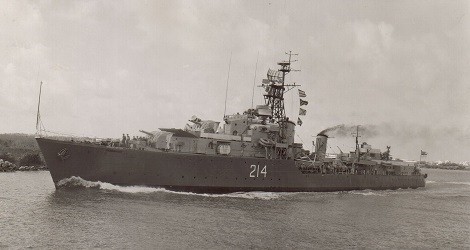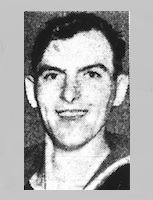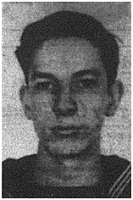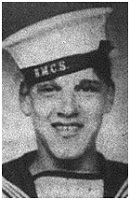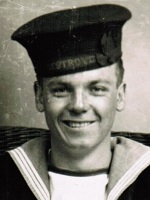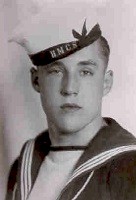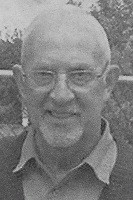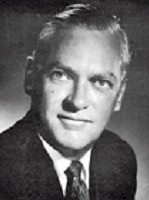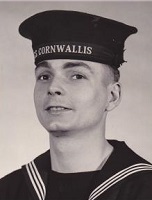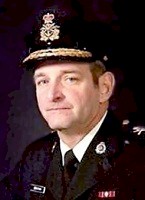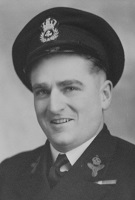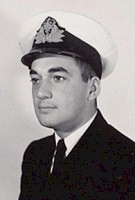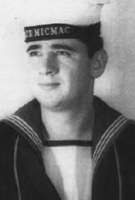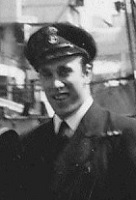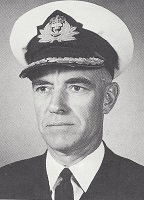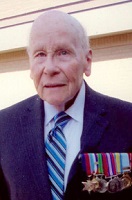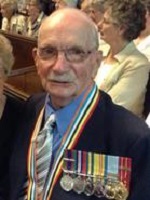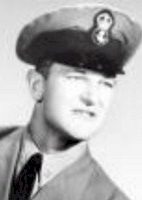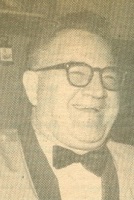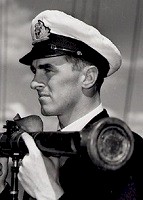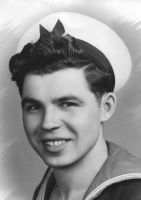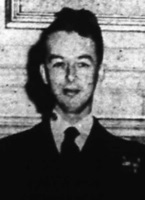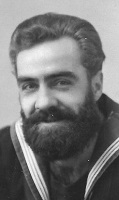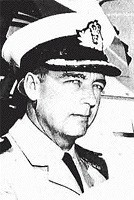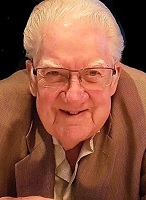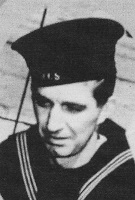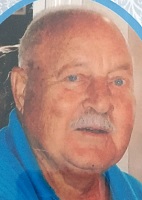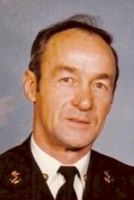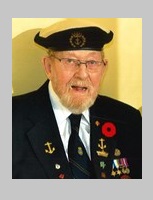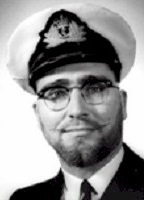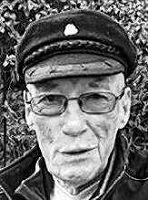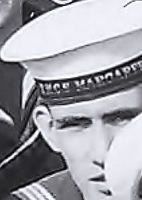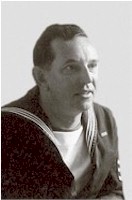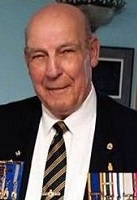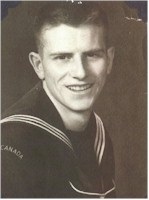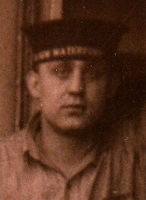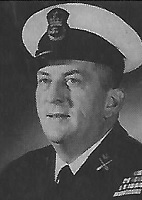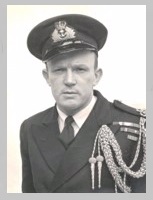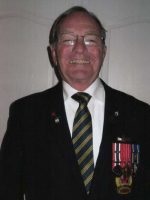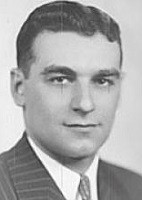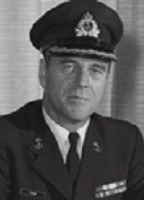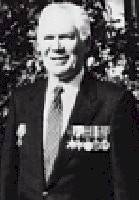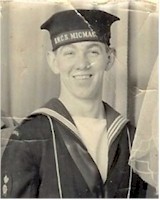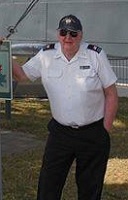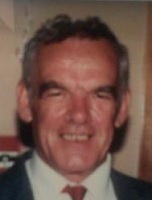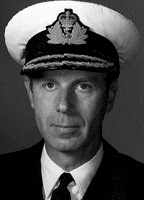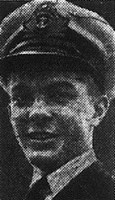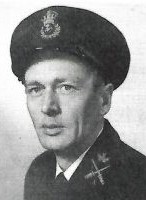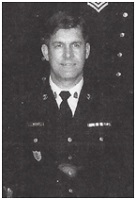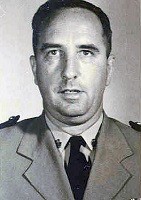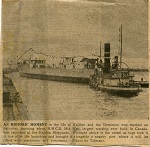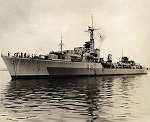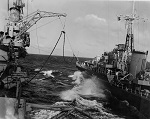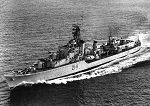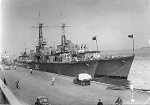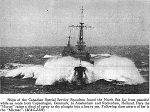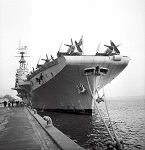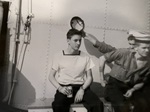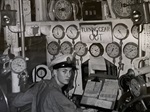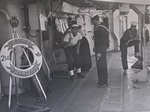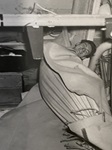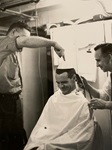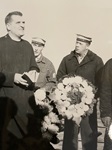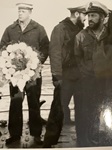|
HMCS MICMAC R10 / 214
Tribal Class Destroyer
Built by Halifax Shipyards Ltd., MICMAC was commissioned at Halifax on 18 Sep 1945. Alone of her class, she never fired a shot in anger but spent her entire career as a training ship.
Built by Halifax Shipyards Ltd., HMCS MICMAC was commissioned at Halifax, NS on September 18, 1945, with Lieutenant Commander RL. Hennessy, DSC, RCN, in command. She was the first Tribal Class destroyer to be built in Canada - a sister ship to IROQUOIS, HAIDA and HURON, which had all been built in the United Kingdom. One other Tribal, HMCS ATHABASKAN, had been lost in World War Two. Three other Tribals later joined the fleet; NOOTKA, CAYUGA and ATHABASKAN (2nd of name).
On March 28, 1947 Commander J.C. Littler took command of the $8 million Micmac, which had just completed her first refit in the Halifax shipyards. Of the crew, although many were new recruits, quite a few on board were veterans who had served during the war. Most of the senior ratings were permanent force (RCN) or volunteer reserve (RCNVR), the latter having signed on to serve until September 1947, but the majority were post-war (RCN) and still under training.
On the morning of Wednesday, July 16, 1947, MICMAC left the Halifax dockyard to carry out full power trials to seaward of Sambro Light vessel. By noon, she had completed these trials and was turning toward harbour. The weather was clear, with visibility of about six miles. A note on weather conditions is important.
In the summer, along the Atlantic coast of Nova Scotia, the fog creeps in from the sea in the evening and with the rising of the sun in the morning, the fog begins to burn off. As there was no fog, MICMAC was moving along at some 25 knots, but as she turned towards harbour a wisp of fog was sighted about four miles ahead. Commander Littler decided to work down to a more reasonable speed as quickly as possible and ordered revolutions reduced accordingly. He asked for and received radar ranges and bearing of Sambro Light vessel, as well as Sambro Island. They were plotted on the chart and MICMAC'S course was altered 20 degrees to starboard. The time was 12:51 hours. What was earlier thought to be a wisp, turned out to be a solid bank of fog.
Just as he gave the order to reduce speed, Commander Littler sighted a freighter. Collision was inevitable. Realizing the ship was still turning to starboard, but had not settled on the new course - way had been taken off and she had altered some 15° - Littler ordered "hard a 'starboard" with "engines full a 'stern" in hopes that the MICMAC would escape with no more than a glancing blow. It all happened so quickly that the final orders and the collision happened at the same time. From the moment the freighter was sighted, Commander Littler had time to give only two orders: "hard a 'starboard" and then "full a 'stern both engines." The logical third and fourth orders, namely "clear mess decks" and "one short blast on the whistle" were never made. The bluff bow of the Yarmouth County hit MICMAC just aft of the port anchor. With hard a 'starboard on, MICMAC was heeling outwards (to port) considerably, possibly affecting the seriousness of the damage to the ship's structure. Those on MICMAC'S bridge remember the huge bow of the freighter passing overhead and the impact. Others, away from the bridge, mentioned just "a bump" and feeling as though the ship had suddenly gone a 'stern. There was no apparent rebound. Contact lasted just seconds, but the damage was considerable to the ship's frame above and below the waterline, and both the forward and aft upper mess decks on the port side were smashed in. The force of the blow pushed "A" mounting right over, her guns pointing outward and upward into "B" guns flare, with one of the loading trays punching a hole in the shipwright shop. Just astern of the mounting, the two elevating arcs of "A" gun were stripped of their teeth like a cob of corn. Forty five feet of the bow had been destroyed.
The damage done to MICMAC, at this critical time with most hands at lunch in the for'd mess deck, was tragic. The port side from the bow to # 8 mess was torn out. Lockers, tables, benches, stanchions, large pieces of sheet steel, wiring, piping and bodies were all smashed. Some men died instantly, some were lost through the side of the ship, and others were pinned and badly injured.
One young civilian shipyard worker, believed to be on the upper deck and last seen on the fo'c's'le, was lost. He may have seen what was coming. It is believed he was thrown over the side on impact. Back on the mess deck, scalding steam from the capstan connection was escaping and hampering rescue efforts. With the ship's side plates gone, the deckhead near the paint locker had no support and was partly collapsed, so that when one entered the for'd mess deck from the starboard, the piping and valves where the capstan had been, were facing you. The ship's side was leaning inwards forward of #8 mess, blocking access to the dead and injured. Timbers were brought out and used to force the broken plating and other gear over the side, giving access to the people buried in the rubble. The dead were put in hammocks and laid aft by "Y" gun's mounting. There were many injured and those that could be moved were carried aft.
The port anchor cable had run out completely, along with the slips so the ship was in fact at anchor by the cable, now on the bottom. HMCS HAIDA had been dispatched to assist MICMAC and pick up any survivors. As HAIDA approached, smoke could be seen pouring from her funnel. She had flashed up her boilers from cold, hence the smoke. Also, a tug had been sent in case a tow was required. The chief stoker from the tug cut MICMAC'S hanging anchor cable with an acetylene torch and freed the ship. She slowly returned to Halifax under her own power. The crew of the Yarmouth County, like that of the MICMAC, had been at lunch. Those on her bridge had seen what had happened, but when others came on deck, not being able to see MICMAC in the fog, they were amazed to discover the port head of MICMAC'S capstan imbedded in their ship's side like a burr. Several of her sailors were thrown on impact, but none appeared to be injured. She circled around, but could not see the destroyer in the fog. Messages were exchanged between the two ships by wireless, concerning damage to their respective ships. Yarmouth County also returned to port at a reduced speed. At first, there was some doubt if MICMAC could be repaired, but it was soon decided that she could. It was a number of years before MICMAC was commissioned again. Ever after, if one was to look at her from straight ahead, a difference could be seen down the port side. She remained a training and weapons-trial ship - the only Tribal never to fire a shot in anger.
MICMAC'S damaged keel also prevented her from going to Korea.
At a subsequent inquiry, a medical officer who had been sent out in HAIDA reported that the preliminary first aid was excellent. Upon return to harbour, all the injured were sent ashore, the least injured first, to clear the decks of patients who did not need much attention, thus simplifying the removal of the more seriously injured. It was also reported to the inquiry that after the initial desire to get free of the mess decks, which couldn't have lasted more than 15 seconds on any man's part, the crew's conduct was exemplary. There was never any panic, undue shouting or hysterics. Crewmen did as they were told immediately and kept clear of the mess decks unless required. For every emergency job that was necessary that day, there were always hands ready to go anywhere and to do anything. Upon docking at "0" jetty in Halifax dockyard, a roll call was held to determine who was missing. Ten ratings and a civilian employee were killed and another 15 injured.
While under repair she was partially converted to a destroyer escort, returning to her duties early in 1950.
On 23 Aug 1950 The Canadian Special Service Squadron, consisting of the MAGNIFICENT, Huron and MICMAC sailed from Halifax for a three-moth training cruise to Europe. The Canadian Special Service Squadron arrived at Londonderry on 01 Sep 1950. For the next two weeks the ships carried out an intensive anti-submarine training program. From 'Derry they went to Rosyth, Scotland, and then to Oslo, Norway. Ships of the Special Service Squadron called at seven ports - Gothenburg, Copenhagen, Amsterdam, Rotterdam, Antwerp, Portsmouth and Cherbourg - within 22 Days. The Special Service Squadron completed the continental phase of its training cruise with visits to Lisbon and Gibraltar. Following a strenuous exercise period with the British Home Fleet, the ships sailed westward for Bermuda. There the MAGNIFICENT, HURON and MICMAC were joined by the frigates LA HULLOSIE and SWANSEA and the five ships arrived at Halifax on 27 Nov 1950.
Paid off on 30 Nov 1951 for conversion to a destroyer escort, she was re-commissioned on 14 Aug 1953.
In Apr 1963, 12 RCN ships, ALGONQUIN, MICMAC, CAYUGA, ST CROIX, TERRA NOVA, KOOTENAY, SWANSEA, LA HULLOISE, BUCKINGHAM, CAPE SCOTT, CNAV BLUETHROAT and CNAV ST CHARLES, took part in NATO Exercise New Broom Eleven, an exercise designed to test convoy protection tactics. (click here to see the newspaper article).
In Oct 1963, BONAVENTURE, ALGONQUIN, CAYUGA, MICMAC and SASKATCHEWAN took part in a NATO exercise in which all participating ships were battered by a severe North Atlantic storm (click here to see the newspaper article).
At the end of 1963, after ten further strenuous years of training, NATO exercises, and "showing the flag", she was declared surplus and, on 31 Mar 1964, paid off at Halifax. Sold in 1964 to marine salvage Co., she was resold and in Oct 1964 she arrived at Faslane, Scotland and was broken up in 1965.
RCN Memories: Mediterranean Mooring Shore Patrol The Battle of St. Margaret's Bay
Photos and Documents Ship's company photos The Ship's Bell
Remembering R10 - The story of MICMAC and the collision with SS Yarmouth
Commanding Officers
They shall not be forgotten A
B
C
D
E
F
G
H
I
J
K
L
M
N
O
P
R
S
T
V
W
Former Crew Members
INJ = Injured when HMCS MICMAC collided with SS Yarmouth County on 16 Jul 1947
Photos and Documents
Articles on the launching of HMCS MICMAC
From the collection of J. Vincent Wesley, CPO, RCNVR
Courtesy of Marilyn Taylor
Special Service Squadron Cruise - 1950 HMCS MAGNIFICENT, HMCS HURON, HMCS MICMAC (SSS01) Special Service Squadron certificate - courtesy of John Hawley (SSS02) Postcard showing the Canadian Special Service Squadron Cruise - courtesy of Francis Dowdall (SSS03) HMCS HURON with HMCS MICMAC (outboard) at the Langeline pier, Copenhagen. The Trekroner seafort is visible in the background on the right - from the collection of Reg (Smokey) Rhymes - courtesy of Gordon Rhymes. Location identification by Erling Baldorf (SSS04) HMCS Huron and HMCS Micmac arriving in Amsterdam, Oct 11, 1950 - courtesy of Erling Baldorf
Special Service Squadron Cruise - 1950 HMCS MAGNIFICENT, HMCS HURON, HMCS MICMAC (SSS05) Article on the 1950 Special Service Squadron deployment from the Crowsnest magazine - courtesy of Erling Baldorf (SSS06) HMCS MAGNIFICENT in Rotterdam during the Canadian Special Service Squadron Cruise - courtesy of Dennis Cardy (SSS07-SSS08) HMCS MAGNIFICENT, flagship of the CSSS, visits Copenhagen; the largest warship to do so - Courtesy of Erling Baldorf
(BMc001) Brian McClelland (left) lounging and enjoying a beer with and Pitt, maybe Snooks on HMCS MICMAC 214 (BMc002) Brian McClelland posing by the after funnel on HMCS MICMAC 214 (BMc003) Brian McClelland in the boiler room of HMCS MICMAC 214 (BMc004) Brian McClelland (wearing his chief's cap) by the engine room consol on HMCS MICMAC 214 (BMc005) Livery, Snooks, Pitt, and Brown by the brow on HMCS MICMAC 214 - Feb 1961
(BMc006) Brian McClelland in his mic on HMCS MICMAC 214 (BMc007) HMCS MICMAC 214 on the slips in Darmouth, NS for work on the port screw (BMc007) The standard bowl haircut - the barbershop is open on HMCS MICMAC 214 (BMc009-BMc010) A service at the site we lost AB Jelynek who fell overboard November 17, 1960 while steaming in the North Atlantic. I seem to remember he was carrying a full garbage can over his shoulder heading aft to the garbage chute when the ship rolled. We did not find him in spite of a search and considering the water was just above freezing at the time.
Courtesy of Brian McClelland, RCN
|


